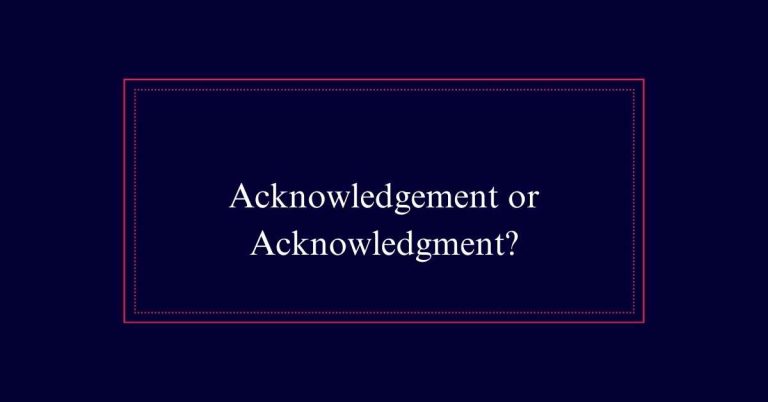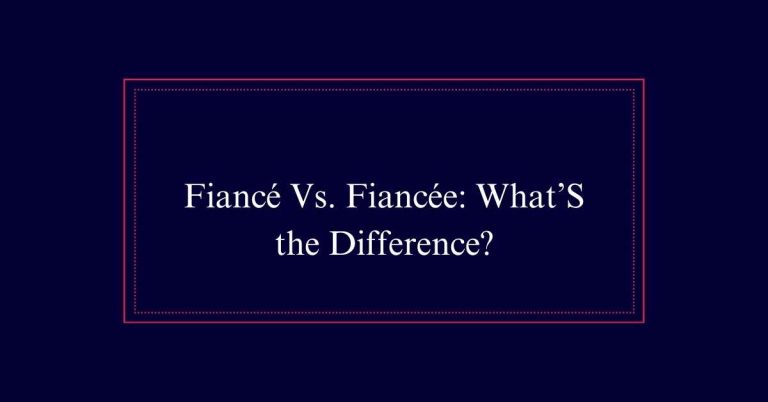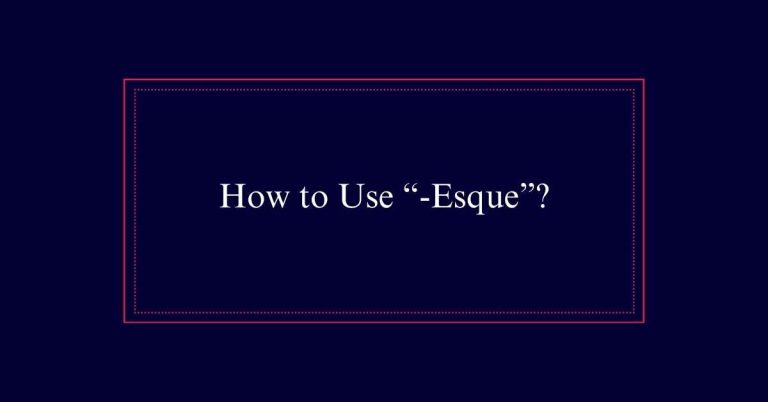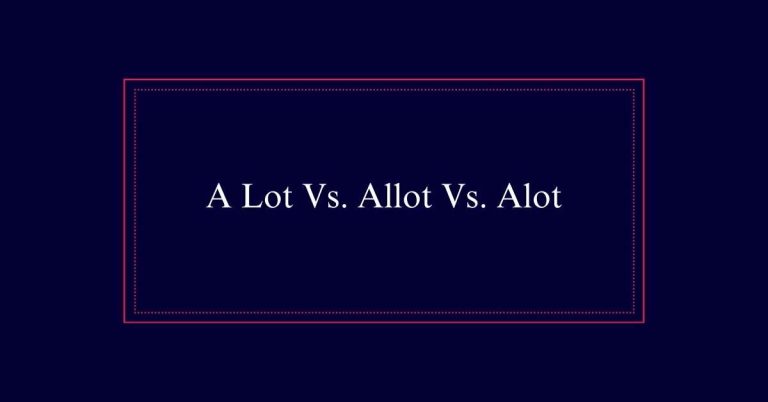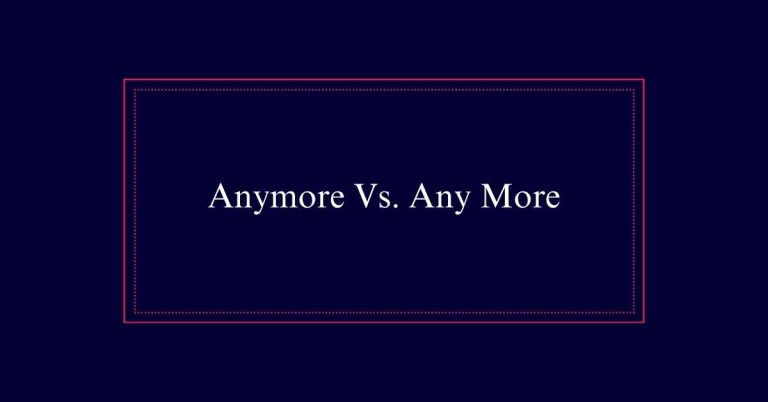Discrete Vs. Discreet: What’S the Difference?
The words “discrete” and “discreet” are often confused due to their similar spelling. “Discreet” means being careful and circumspect in one’s speech or actions to avoid causing offense or attracting attention. It involves confidentiality and modesty. On the other hand, “discrete” refers to something that is separate and distinct. In mathematics, it describes countable elements. In technology, it can refer to individual components.
Defining ‘Discreet’
The term ‘discreet’ refers to being inconspicuous, proper, and unnoticeable in one’s actions or behavior. It emphasizes handling matters without drawing attention.
For instance, dealing with a sensitive issue in private exemplifies discreet behavior. Additionally, it involves being modest about one’s achievements rather than boasting. Discreet individuals prefer to keep their actions and accomplishments low-key.
This quality is often linked to maintaining privacy and being subtle. Discreet behavior is valued in both personal and professional contexts, as it fosters trust and respect. It is essential in handling confidential information or delicate situations.
The ability to act discreetly can prevent misunderstandings and maintain harmony in relationships and workplaces.
‘Discreet’ in Practice
Applying the concept of being discreet in real-life scenarios involves several practical strategies that guarantee actions remain unnoticed and respectful.
For instance, maintaining confidentiality when dealing with sensitive information is vital. This may include whispering in private or using encrypted communication.
Another example is showing modesty about personal successes to avoid making others uncomfortable. Additionally, being discreet means avoiding gossip and respecting others’ privacy.
In professional settings, this could involve not sharing colleagues’ personal issues. Socially, it means being careful with sensitive topics.
Understanding ‘Discrete’
Discrete refers to things that are separate, distinct, and individually identifiable. This term is often used in various fields to describe elements that are not continuous or connected.
In technology, discrete components are individual parts, like separate graphics cards in a computer. In mathematics, discrete refers to countable, finite elements, as opposed to continuous variables, which can take any value within a range.
The adjective ‘discretely’ means in a separate or distinct manner. The noun ‘discreteness’ indicates the state of being separate or distinct.
Understanding these definitions is important for clear communication, especially in technical and scientific contexts. Using the term correctly helps in conveying precise information and avoiding confusion.
‘Discrete’ Examples
To illustrate the concept of discrete, consider a classroom where each student represents a distinct entity. Each student is separate, identifiable, and unique. This is a clear example of discreteness in a tangible setting.
In mathematics and technology, discrete elements are similarly distinct and separate. For instance:
- Graphics cards in computers are discrete components separate from the motherboard.
- Mathematical sets containing whole numbers, where each number is a separate element.
- Voting systems, where each vote is an individual, countable unit.
These examples highlight the clear separation and individuality characteristic of discrete elements.
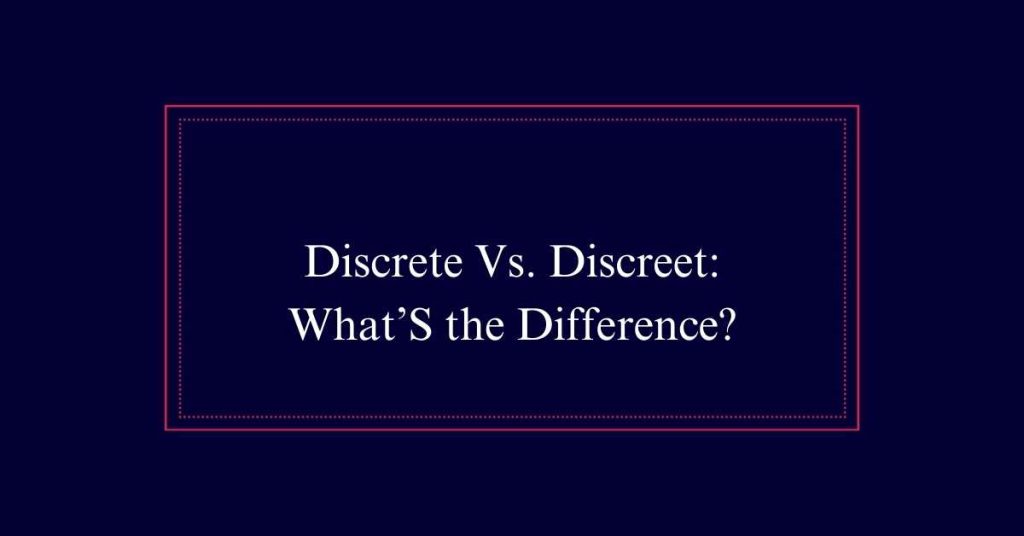
Discrete Vs. Continuous
In mathematics and data analysis, understanding the difference between discrete and continuous variables is essential. Discrete variables represent countable items. They have specific, separate values. Examples include the number of students in a class or the roll of a dice. Each value is distinct and separate.
Conversely, continuous variables can take any value within a range. They are measurable and include things like height, weight, or temperature. These values are not restricted to separate steps but can be any number within a given interval.
Recognizing whether a variable is discrete or continuous is vital. It influences the methods used for analysis and interpretation.
This distinction forms a foundation for various statistical and research methodologies.
Adjective Use: Discretely
The term ‘discretely’ serves as the adjective form of ‘discrete,’ describing actions or items that are separated or distinct from one another. It highlights the individuality and separation of elements within a whole. This concept is frequently applied in various fields, ensuring clarity in communication.
For example:
- Technology: Refers to components like a separate graphics card in a computer.
- Mathematics: Used when talking about finite, countable elements.
- Sampling: In research, discrete sampling methods involve distinct data points.
Using ‘discretely’ correctly is essential for precision. It distinguishes between separate entities or actions, helping to avoid confusion in technical and everyday contexts. This clarity enhances understanding in both professional and academic settings.
Noun Use: Discreteness
Discreteness refers to the quality of being separate or distinct. In technical and scientific writing, this noun form is essential for clarity. For example, in mathematics, discreteness describes data points that are individually separate and not continuous. This concept is also pivotal in technology, where discrete components operate independently within a system.
| Context | Example |
|---|---|
| Mathematics | Discrete variables in statistics |
| Technology | Discrete graphics cards |
| Language | Discreteness of phonemes |
| Data Analysis | Discrete data points in graphs |
| Biology | Discrete species in ecosystems |
Understanding the noun ‘discreteness’ helps in various fields by providing precision. It ensures that separate entities or units are clearly identified and described.
Mnemonics for Clarity
To differentiate between ‘discreet’ and ‘discrete,’ mnemonics can be highly effective. Mnemonics are memory aids that simplify the recall of these easily confused terms.
Here are three useful mnemonics:
- Discreet means cautious and ends with ‘t’ like ‘tiptoe,’ implying careful behavior.
- Discrete means separate and contains ‘e’ twice, as in ‘separate entities.’
- Think of a Discrete number of distinct dots, each dot standing alone.
These simple associations help guarantee you use the correct term in your writing.
Frequently Asked Questions
What Is the Origin of the Words ‘Discreet’ and ‘Discrete’?
Both ‘discreet’ and ‘discrete’ originate from the Latin word “discretus,” meaning separated or distinct. Over time, ‘discreet’ evolved to mean cautious or reserved, while ‘discrete’ retained the original sense of being separate or distinct.
Are ‘Discreet’ and ‘Discrete’ Pronounced Differently?
“Discreet” and “discrete” are pronounced the same way, both sounding like “dih-skreet.” Despite their identical pronunciation, they have different meanings and uses. This often leads to confusion in both writing and speech.
Can ‘Discrete’ Be Used in a Sentence About Technology?
Yes, “discrete” can be used in a sentence about technology. For example: “The computer has a discrete graphics card, which means it operates separately from the main processor, enhancing performance for graphic-intensive applications.”
How Do ‘Discreet’ and ‘Discrete’ Function in Formal Writing?
In formal writing, “discreet” describes actions taken with caution and privacy, while “discrete” refers to items that are separate and distinct. Both enhance clarity, with “discreet” emphasizing subtlety and “discrete” highlighting individuality.
What Are Common Mistakes Made When Using ‘Discreet’ and ‘Discrete’?
Common mistakes include using ‘discreet’ when ‘discrete’ is intended, and vice versa. This often occurs due to their similar spelling. Confusion arises especially in technical contexts, where precise language is important for clarity and accuracy.

